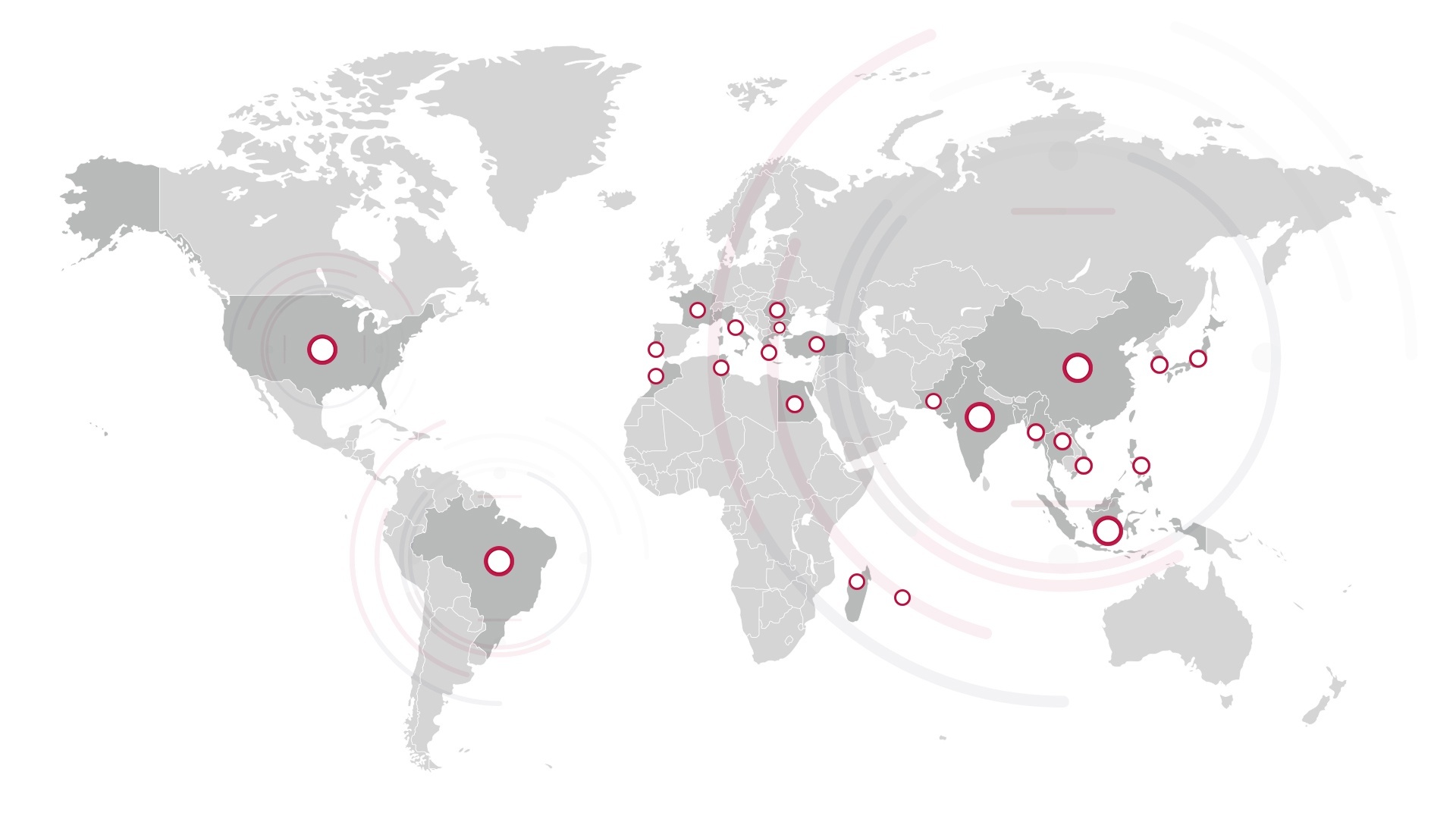In fashion, it’s virtually impossible to create products that meet consumer expectations and maintain a competitive edge without the right raw materials. As the first element in the highly complex fashion supply chain, raw materials make up the majority of production costs—up to 70%—while accounting for half of all quality issues. It is therefore clear that the careful management of your raw materials could save you millions of dollars in preventative costs and protect your brand’s reputation in a noisy market.
Prevention is always better than cure
In the garment industry, the quality of each finished product is directly related to the quality of the fabric when it’s received as a roll. Even if manufacturers work with state-of-the-art equipment and utilize the most exemplary manufacturing methods, these won’t correct the effects of using defective, non-performing, or non-compliant raw materials.
Many of the final-product quality issues experienced by textile factories are a result of inadequate raw materials being passed down the production line from the start. Some factory managers may not realize, however, that these problems are easily avoidable. Ensuring the properties of the fabric are compatible with the intentions of the end-use garment can—and should—be technically evaluated at the beginning of the creation process.
Engage with your consumers
In today’s hyper-connected world, consumers can publicly share their opinions about products with ease, making it more important than ever for fashion brands and retailers to listen to this feedback and integrate it into the selection and improvement of raw materials. Keeping this dialogue open will allow you to understand your consumers’ expectations and be clear on the requirements of your raw materials, so you can get the fit and comfort of your products just right—and inspire positive feedback.
In essence, working with better raw materials will:
- Reduce quality defects both during production and in-store. Tackling issues upstream and identifying the most suitable suppliers to secure capacity and improve productivity will enable you to boost quality and make better products.
- Improve fluidity for manufacturers. Better materials and fabrics reduce issues, generate less waste, and ultimately speed up the manufacturing process.
- Make customers happier. Products that keep their quality promise and meet consumer expectations will ultimately improve customer satisfaction and attract new customers.
Start at the source
Raw materials in fashion go through numerous steps before the finished product is ready to sell, making visibility a challenge for brands and retailers. However, ensuring that the highest standards are set and achieved from the beginning is critical. It’s important to map the entire supply chain from the start of the development process—from sourcing raw fibers to garment production and beyond. This will allow you to implement effective quality management systems from the foundation stage that significantly improve operational performance while saving valuable time and money and leading to higher-quality goods.
Performing a complete evaluation will reveal any non-compliance issues and enable you to put in place a preventive action plan to resolve them. Some of these solutions include:
- Technical evaluation audits
- Corrective & Preventative Action Plan audits (CPAP)
- Raw material inspections
- Raw material testing
- Raw material risk mitigation
Applied together, these can significantly improve quality, costs, time, and consumer satisfaction.
Reducing risks also delivers benefits
Improving the overall quality output from the raw materials stage also work in tandem with sustainability and traceability objectives, ensuring that you always know where your raw materials have come from and how they have been produced.
Managing raw materials quality generally involves two key elements to keep in mind:
-
Quality should be embedded in the product across design, conception, and the selection of trims and materials
Quality output can be improved by working from as early as possible in the supply chain:
- By ensuring materials are chosen in accordance with the expected performance and fit, placing the voice of the consumer at the center.
- By securing specifications from the start through proper R&D, monitored production steps, and best manufacturing practices.
- By reallocating resources and efforts earlier in the supply chain and mitigating risks.
-
Addressing raw materials quality enables you to address sustainability and traceability
Concentrating on the raw materials supply chain will also give rise to:
- Better sourcing strategies.
- Opportunities to use more eco-friendly materials.
- Possibilities to better understand your stakeholders (T2, T3 providers) in an often-scattered production chain.
- Mastering of traceability and increased compliance.
Through SgT’s many years of experience as textile quality experts, our team has learned that it is absolutely crucial to care about raw materials. We have therefore put in place a complete package of services to assist our partners in the quality management of their raw materials.
Interested in finding out more about our raw materials solutions?



